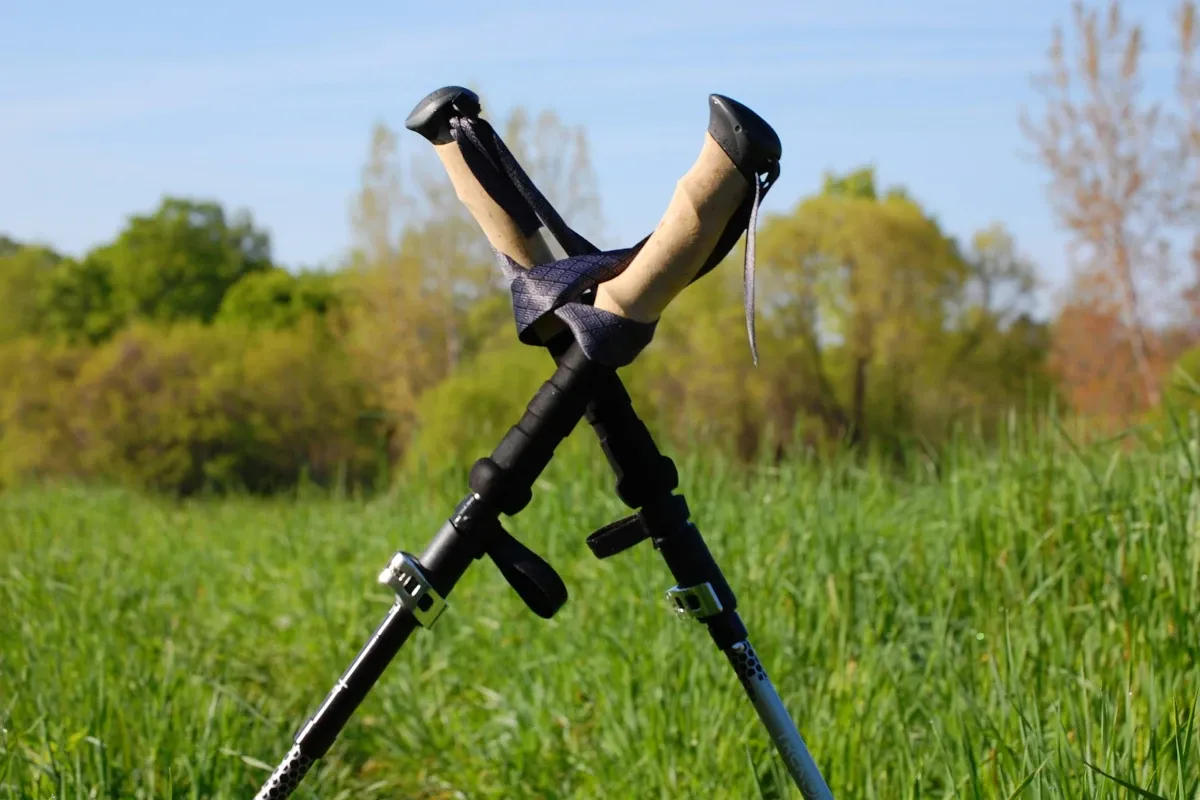Why You Should Bring a Hiking Pole
The use of walking sticks dates back centuries. Even before hiking poles were invented, a collection of sturdy sticks were often left at the base of steep trails by thoughtful hikers. Initially, I admit that I was skeptical of hiking poles. I thought they looked a little silly and were mainly used to exercise the arms while hiking, but years ago, after trying one out for myself, I became a hiking pole enthusiast. These days, I rarely go out without one.
It turns out that hiking poles are surprisingly versatile. Why should you use one? For one thing, when I have one in my hand, I feel a bit like Bilbo Baggins going on an adventure. Everyone needs a good walking stick.
Here are some compelling reasons to use a hiking or trekking pole:
Stability
While navigating rough terrain, trekking poles offer crucial support, especially when backpacking. In fact, on some trails, like the West Coast Trail, they’re considered essential. Using a pole helps you to keep your balance and avoid injury.
Depth Testing
How deep is that creek? Are you going to sink up to your knees in that mud pit? Use your pole to see how deep it is, or if there’s solid footing as you make your way across.
Pacing
If you’re like me and are terrible at pacing yourself, surprisingly, a trekking pole can help. I have no idea why, but it does.
Knee Assistance
Those suffering from chronic knee problems will often find them exacerbated while going downhill. Doctors now recommend them to reduce the impact on your joints.
Trail Maintenance
Those who like to help out as they hike will find the trekking pole a great tool. Use them to flick sticks off the trail and unplug clogged trail drains.
Cobweb Removal
If you’re the first one on the trail and want to look a bit foolish, wave the pole in front of you to avoid getting a face full of spider webs.
Dog Blocking
Most hikers have encountered an overly excited dog on the trail. If you’re not in the mood for muddy paw prints on your clothing, a hiking pole can be used to block an energetic furry friend from jumping up.
Self-Defence
While this may fall under the experimental category, a trekking pole can be wielded over your head to make yourself look bigger, or used to fend off aggressive wildlife. While I don’t recommend poking a bear or cougar in the eye with a pole, the potential still exists.
Pros and Cons of Hiking/Trekking Poles
Pros:
- Increased stability and balance on uneven terrain
- Reduced strain on knees, especially when descending
- Useful for crossing streams, mud, and loose ground
- Aid in pacing and rhythm
- Helpful for trail maintenance and minor obstacles
- Potential tool for self-defense or deterring animals
Cons:
- Can be cumbersome on easy trails or when not in use
- Adds extra weight or gear to carry
- Not always necessary for flat terrain
- Some models can be pricey
- Improper use may cause strain on wrists or shoulders
- Difficult to quickly stash away when not in use (on some backpacks)
Whether you’re a seasoned hiker or just starting out, a trekking pole is a versatile tool worth considering. While it may take some getting used to, once you learn how to use one, you’ll likely find yourself reaching for it every time you head out.





